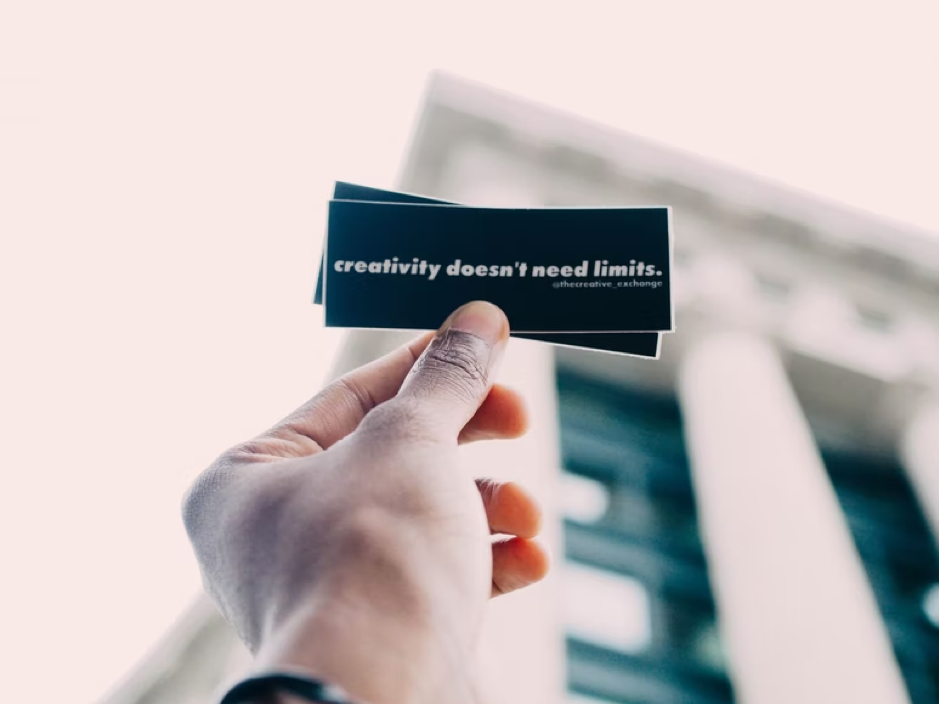Ultimate Guide On How A Business Can Come Up With A Successful Performance Creative
 Creatives are an important tool for achieving business goals in marketing. Well-made creatives can ensure the success of an advertising campaign, while bad ones can lead to complete failure.
Creatives are an important tool for achieving business goals in marketing. Well-made creatives can ensure the success of an advertising campaign, while bad ones can lead to complete failure.
In this article, we will tell you how to come up with awesome creatives.
Why creative quality matters
Good creatives bring high-performance indicators (conversions to valuable events), and as a result, more profit for the business.
Previously, the main job of a media buyer was the ability to correctly set up targeting in advertising accounts. Over time, this function passed to artificial intelligence, which is better than us at finding the target audience. Now the media buyer should be responsible not so much for setting up targeting as for the ideas and implementation of advertising materials.
You can check the quality and success of a creative when testing it in a campaign. Usually, 5-10% of creatives bring really cool results. But unfortunately, the share of ineffective creatives can reach up to 70%.
A simple mathematical conclusion follows from this: the more creatives, the more good creatives with high-performance indicators. This formula is especially important to keep in mind at the start of working with an offer.
Did you make 10 creatives and they all failed during the testing phase? You shouldn't get upset. You just need to make new creatives that will not look like the first 10 “losers”.
The share of high-quality creatives directly depends on the efficiency of the “media buyer-designer” connection.
The task of a media buyer is to spend as little as possible on bad creatives and get the most out of good ones. Perform marketing spend optimization so to speak.

How to come up with creative
Spoiler: fantasy is not the main thing!
To invent creatives, it is not necessary to be a creative person with a good imagination, although this, of course, will be a plus. It is enough to turn this process into a system and follow simple steps.
Step #1. Product analysis
Creative work always starts with product analysis. You can obtain important product information from the client's words, user reviews, or your own experience. Then highlight USP or valuable characteristics that should be shown in creatives; and the main “pains” that the product solves.
Step #2. Creative analysis
After getting acquainted with the product, it is necessary to analyze the creatives of the client. They can be found in several sources:
● Client materials: banners that the client used before, references that he likes;
● Facebook Library – here you can see active ads on any social media page;
● Spy services (Adhearth, AdMobySpy, etc.) – they can be used to view advertisements placed earlier by the client and his competitors;
● Social media of the client and competitors.
It’s great if you have time to look not only at the creatives of direct competitors but also at players in related topics, and foreign markets. This way you can identify not yet popular approaches. Or get inspired to invent something completely new!
Step #3. Categorization
After analyzing the creatives of the client and competitors, the visuals you liked can be conditionally divided into categories. Categorize creatives based on USP, in-app products, audience segments, and more.
The purpose of this list is to:
● identify approaches that are popular with competitors – such creatives should be tested first of all since most likely they work better than others;
● find categories of creatives that have not been seen at all and test them first;
● diversify creatives as much as possible;
● make it easier to find ideas.
Step #4. Mood board
All ideas and references for creatives can be collected on a mood board in the form of a collage. This will help put together the puzzle of the future concept of creativity in your head. Convenient services for creating mood boards are Pinterest, Canva, and MURAL.
Step #5. Brainstorm
The collective mind comes to the rescue! To make the brainstorming as productive as possible, it is important to remember 6 key rules:
1. A brainstorm is a collective act. The value of a brainstorming is that people with different backgrounds are working on the same project.
2. It is important to bring participants up to date. The initiator of a brainstorm should immerse in the product, clearly explain the task, and indicate the limitations of the brand book.
3. Don’t filter ideas. Even if your ideas seem bad to you, this doesn’t mean that they are useless. They can nudge other participants to valuable thoughts.
4. Don't scold the ideas of others. Even if the ideas go beyond the brand book or are difficult to implement. Just write them down so you don't discourage colleagues from further brainstorming.
5. Write down everything that is discussed. Any ideas. Respect the ideas of the storm participants as if they were your own.
6. Write down ideas clearly. Important for further interpretation of the results. A couple of days will pass and you yourself won’t remember what the brief fragmentary notes meant.
***
Create creatives with good potential! But remember that the specifics of algorithms and audience preferences greatly affect conversion, so the best thing you can do to improve the quality of creatives is to conduct as many tests as possible.

 Delicious
Delicious Digg
Digg StumbleUpon
StumbleUpon Propeller
Propeller Reddit
Reddit Magnoliacom
Magnoliacom Newsvine
Newsvine
Comments
Post new comment